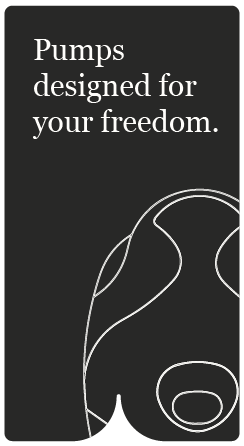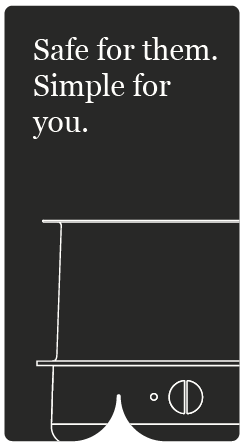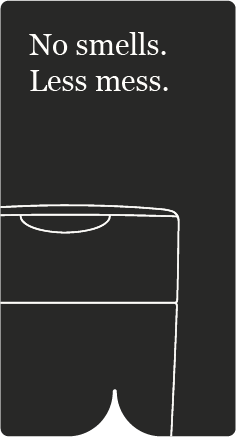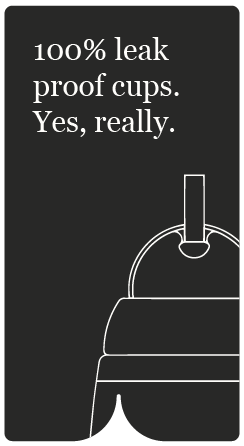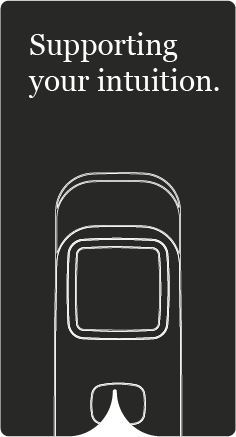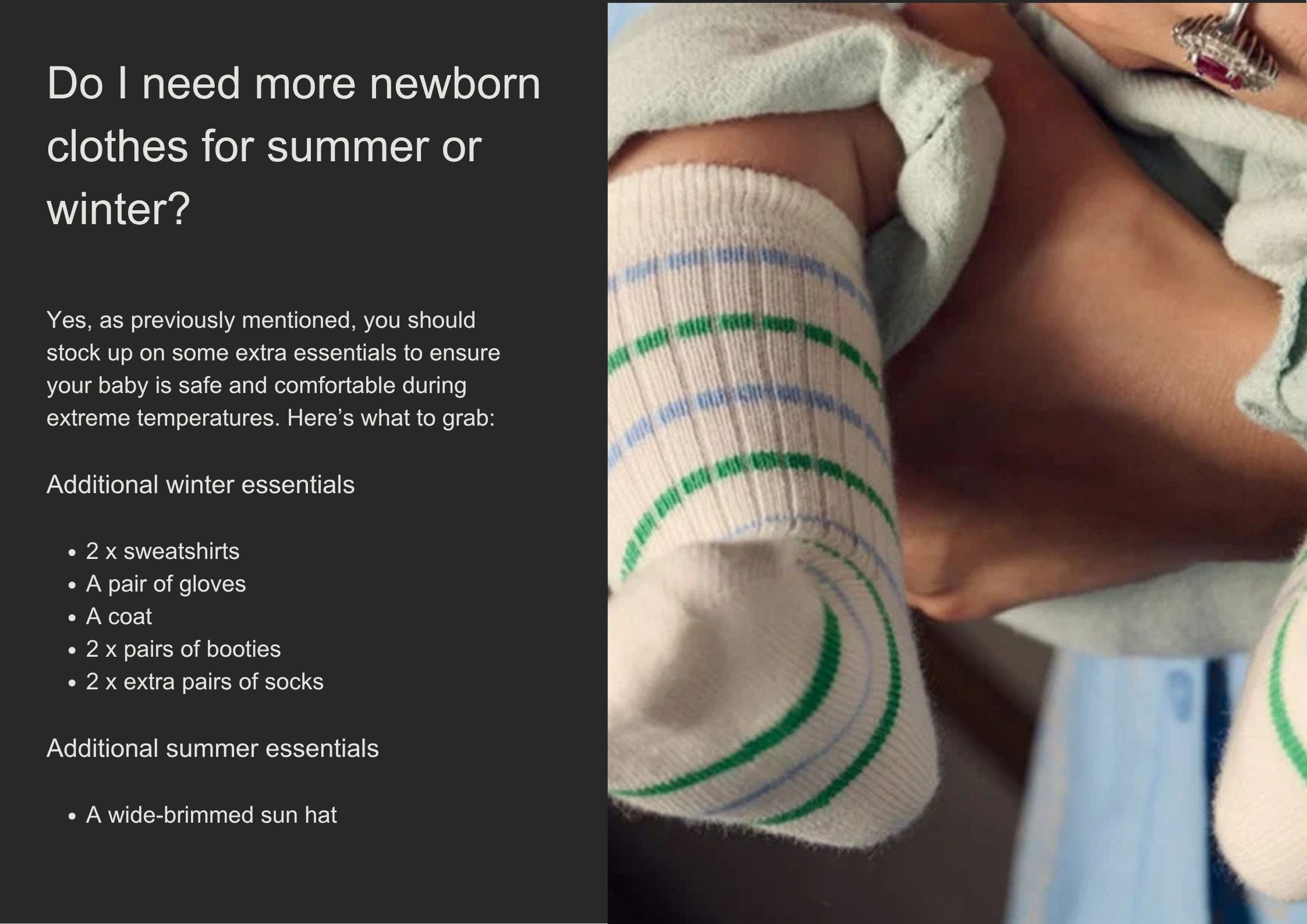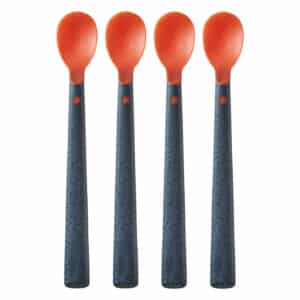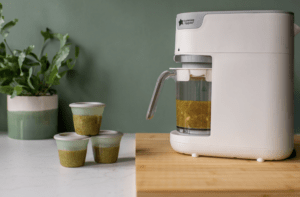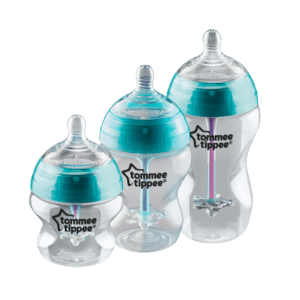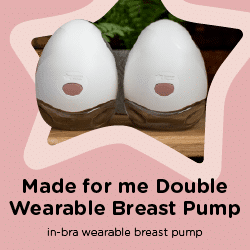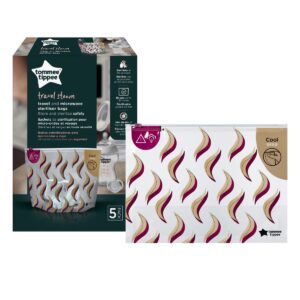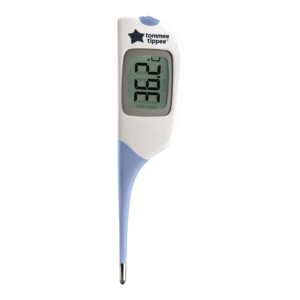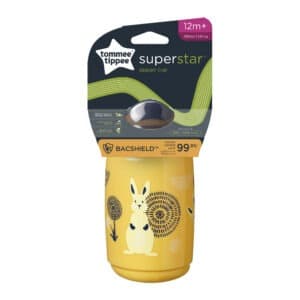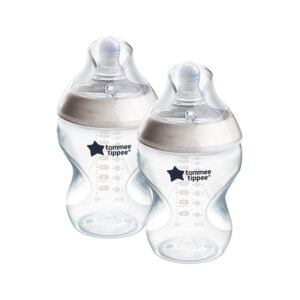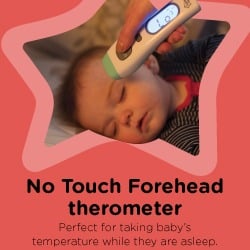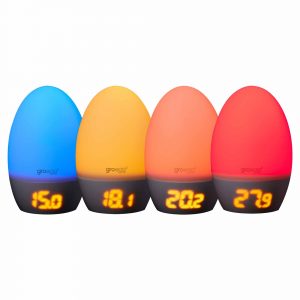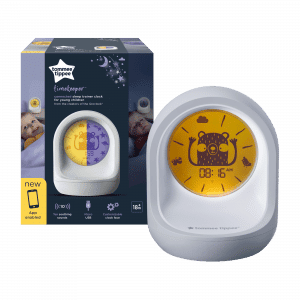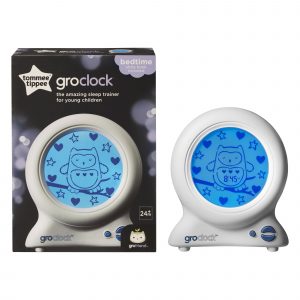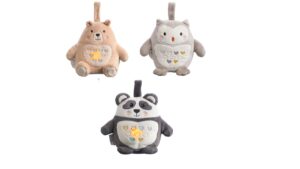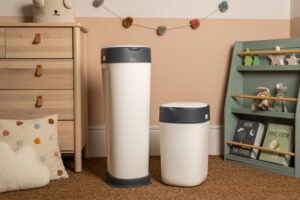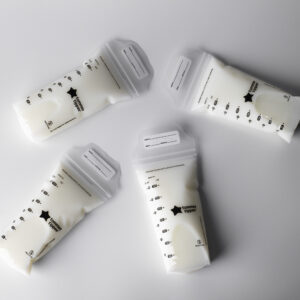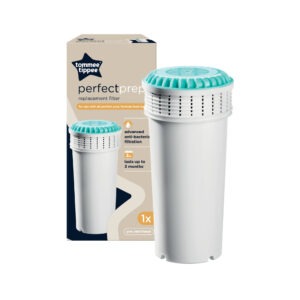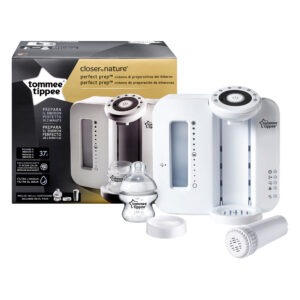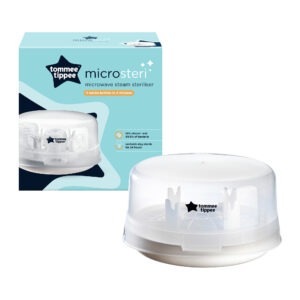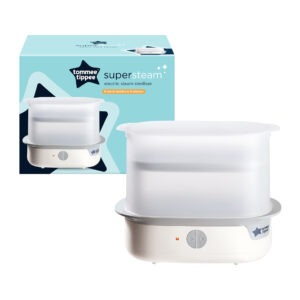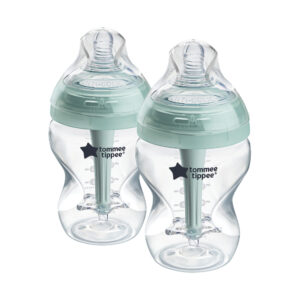Pregnancy
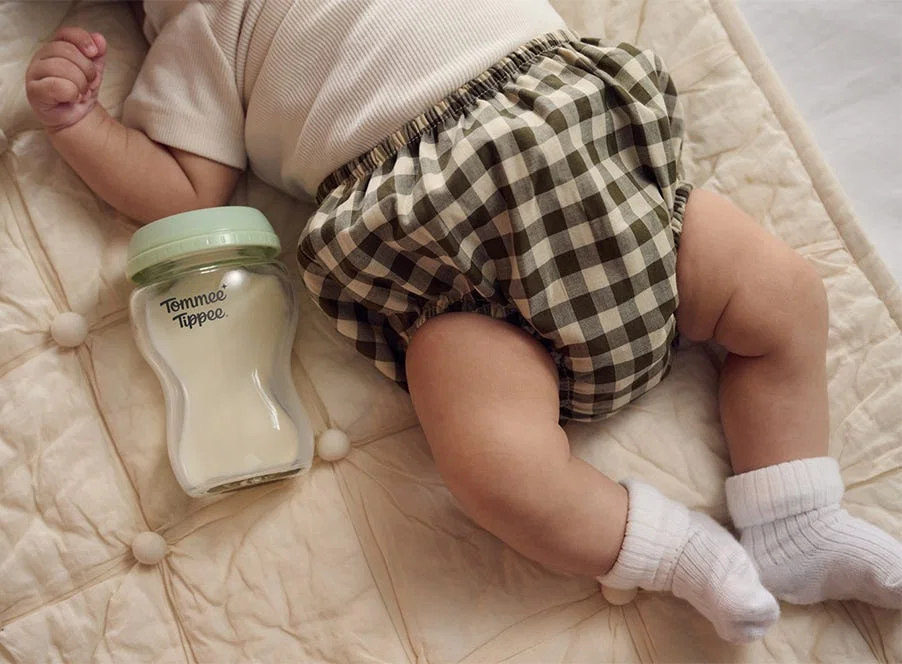
How many newborn clothes do I need?
How many newborn clothes do I need?

- A newborn baby doesn’t need tonnes of clothes at the beginning, but a wardrobe full of essentials that’ll last them through their first stages of life. This includes 7 baby grows, 2 jerseys, 4 cotton vests, 3-5 pairs of pants, shorts or leggings, 2 hats, 4-6 pairs of socks, 2-3 swaddles, 4 sleepsuits and 2 blankets.
- When shopping for your newborn baby, consider the season and temperature. If during summer, make sure to purchase a wide-brimmed sun hat, and if it’s during winter, include 2 jerseys, a pair of gloves, a coat, 2 pairs of boots, and a couple of extra pairs of socks.
There’s so much to prepare when you’re expecting a baby, whether it’s your first or third. While you might have some hand-me-downs from previous pregnancies, it’s still important that you’re stocked up on all the newborn essentials your baby will need from the get-go, and this includes clothes.
It can be a challenge to know which newborn baby clothes to buy, how many to buy, and when to buy them. But don’t stress, we’re here to help you feel fully prepare and buy just the right amount of clothes for your baby’s new wardrobe.
What clothes do you need for a newborn?
When purchasing clothes for your new baby, it’s a good idea to keep things simple at first. Start by putting together a set of clothing essentials, also known as a layette, that you can then build on over time.
You can buy more or fewer clothes depending on your preferred laundry schedule and where your baby’s due date falls in the year. For example, a baby will need thicker items and layers to wear if they’re born in the winter. You may also want to purchase a couple of special occasion outfits, or themed pieces for any upcoming events.
Here’s a simple newborn clothing checklist:
- 7 x bodysuits (a mix of long and short-sleeved)
- 2 x wool or cotton jerseys
- 4 x cotton vests
- 3-5 x pairs of pants or leggings
- 2 x wool or cotton hats
- 4-6 x pairs of socks
- 2-3 x swaddles
- 4 x sleepsuits for bedtime
- 2 x lightweight blankets
Organic cotton newborn clothes vs. regular cotton
We always recommend you stick to buying organic cotton clothes for your newborn as they’re much safer and kinder to the skin. Here’s a comparison of organic and standard cotton:
Organic cotton
- Chemical-free
- Hypoallergenic
- Gentle on the skin
- Usually manufactured through sustainable farming
- Often more durable and long-lasting
Standard cotton
- Chemicals used during production
- More potential for skin irritation
- A lot less sustainable to produce
- Goes through several further chemical treatments
What size clothes to buy for a newborn?
This all depends on the size and weight of your baby once they’re born. Some newborns will need preemie baby-size clothes if they’re born smaller than average, some will need standard newborn-sized clothes, and others may need clothes in 0-3 months from the get-go.
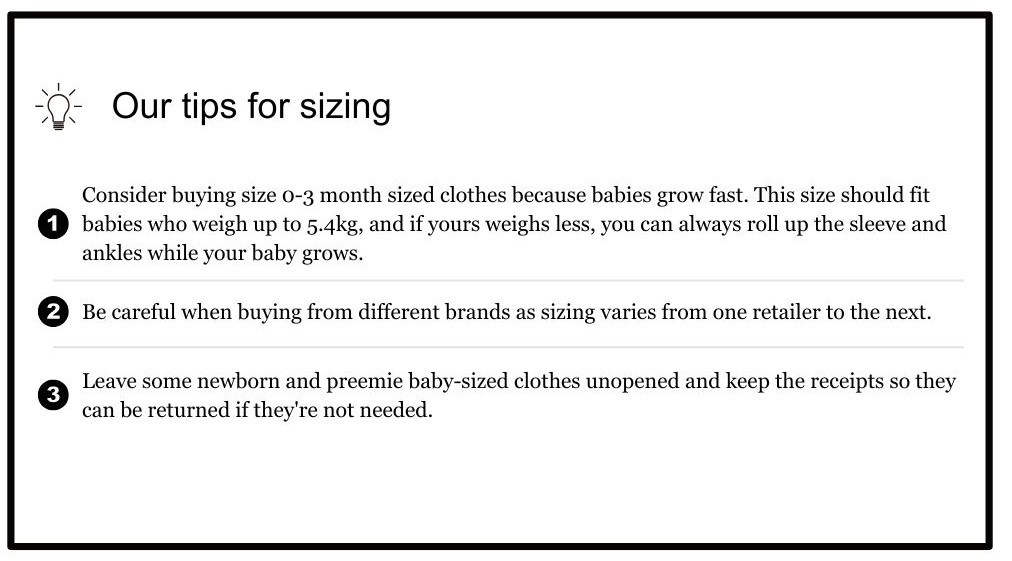
When do you need to buy newborn clothes?
Some parents wait until after their 12 or 20-week scans before they start shopping for their baby. However, you can begin buying newborn clothes whenever suits you as you anticipate the arrival of your baby.
Just remember to avoid buying too many clothes in a newborn size as your baby will likely grow out of them fast.
What should I do with newborn clothes I no longer need?
Many parents wonder what they can do with their baby’s clothes once they’ve grown out of them. After all, it’s a shame to see perfectly good baby clothes go to waste. Let’s run through how you can give your little one’s old clothes a new lease of life.
Pass them on to friends and family
If you know someone who’s pregnant or has a baby who’s younger than yours, it’s lovely to pass down your baby’s outgrown clothes to them. That way, they can wear (and love) them just as much as you did. Likewise, if you know someone who has a child who’s older than yours, why not ask them if they have any hand-me-downs that your baby could wear?
Sell them
Whether you head online to a social networking site, download an app, or visit a market, selling your little one’s clothes is a great way to find them a new home while you earn some extra money. It’s a win-win situation.
Make something special from them
Have a specific outfit or fabric you can’t say goodbye to? If they no longer fit your baby, why not save them and turn them into a keepsake you can hold onto forever? If you or someone you know is handy with a sewing machine, you can transform your old baby grows into a string of bunting or a patchwork quilt. You could even find a small business that can use old clothes and textiles to create teddy bears or cushion covers.
Donate them
You can gather up any clothes that no longer fit your baby and donate them to those in need. It’s as easy as that. Where can you donate newborn clothes? Either drop them off at your local charity shop or give them to your nearest baby bank or women’s shelter. Just make sure that they’re clean and in good condition.
Recycle them
If your little one’s clothes are a bit worse for wear and can’t be sold or donated, the next best thing is to pop them in a clothes and textiles recycling bin or collection bag.
You can find your nearest clothing and recycling point.
How to wash newborn clothes
Knowing how’s best to wash your baby’s clothes will ensure you don’t irritate their delicate skin, you won’t run out of clean clothes to use, and you’ll also alleviate the stress of figuring it out while you’re trying to care for your newborn. Here’s a simple step-by-step guide:
- Separate your baby’s clothes by colour to prevent any accidents, and by material so that delicate items are washed together and not with everyday essentials
- Choose a detergent that’s designed to be gentle to the skin like a non-bio liquid, powder or capsule. These are designed for sensitive skin and are free of dyes or fragrances. We recommend avoiding fabric softener or dryer sheets as they can leave residue behind on clothing.
- Treat stains first by running them under cold water and using a gentle stain remover, ideally one suitable for baby clothes.
- It’s time to wash the clothes! Pop them in the washing machine on a cold and delicate cycle, and separate it from the rest of the family’s clothes.
- In terms of drying them, try and air dry them whenever possible as it’s the most gentle method. If you have to use a dryer, choose a low or zero heat setting and avoid dryer sheets as these can be fragranced and often contain chemicals.
You should always wash your baby’s clothes before they’re worn because this’ll remove any irritants or chemicals left behind from the manufacturing process.
Yes, it’s very important to wash your newborns clothes, whether new or used. This’ll prevent any skin irritation and be healthier for your baby.
You should wash them before use and after every use to make sure they’re safe and hygienic for your baby.
As long as you have enough newborn baby clothes to get you by or the time to refresh their existing collection, there’s no need to worry.


